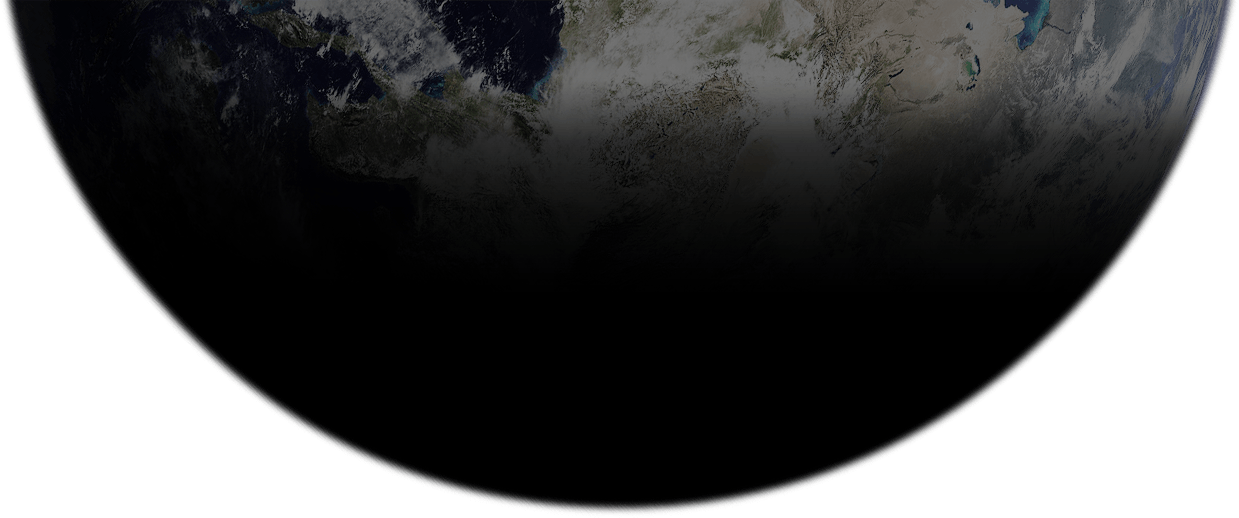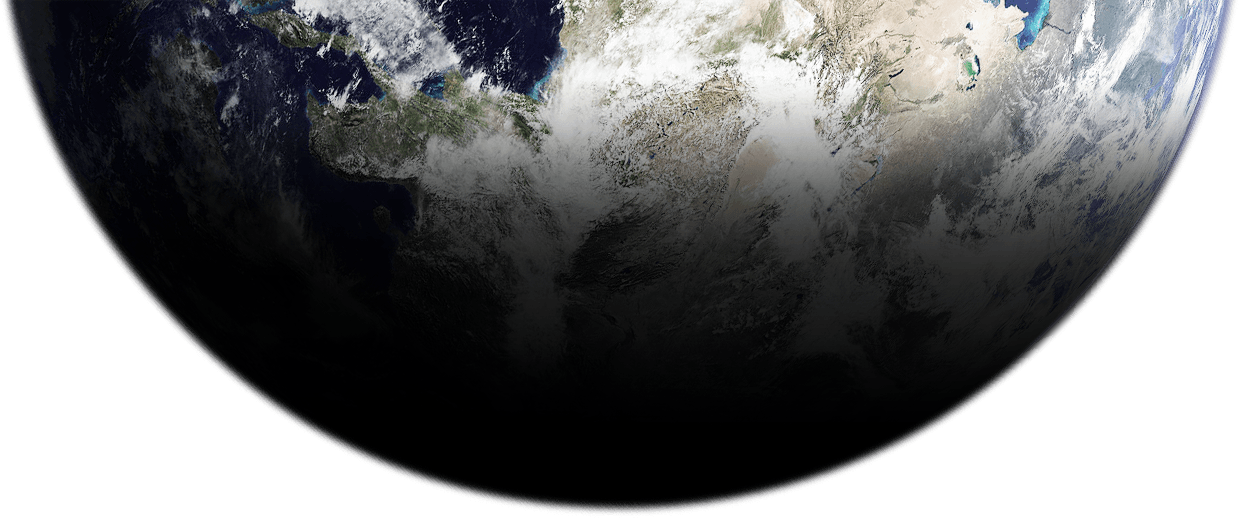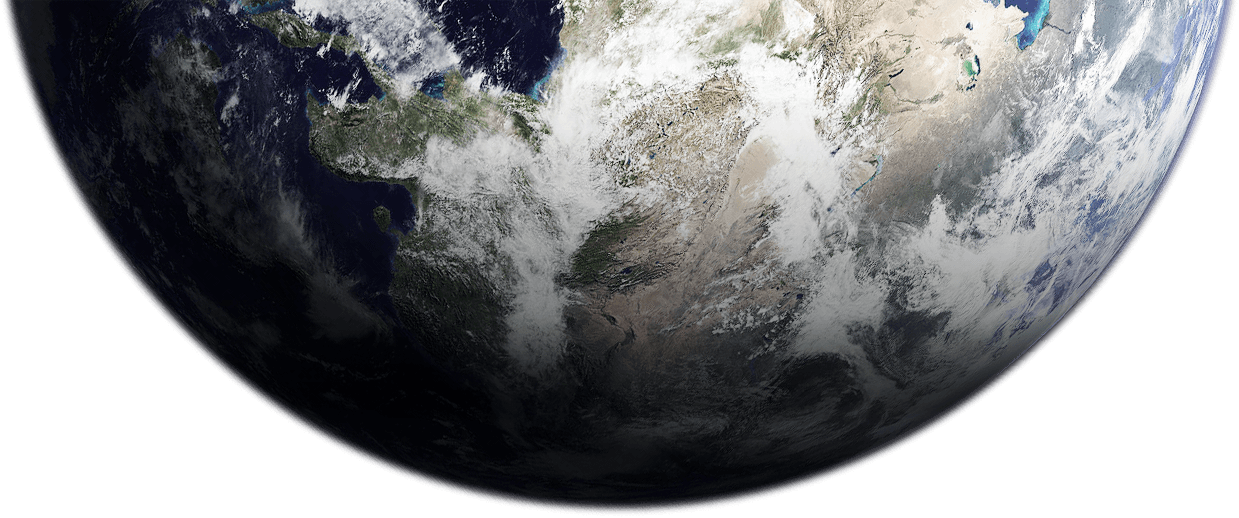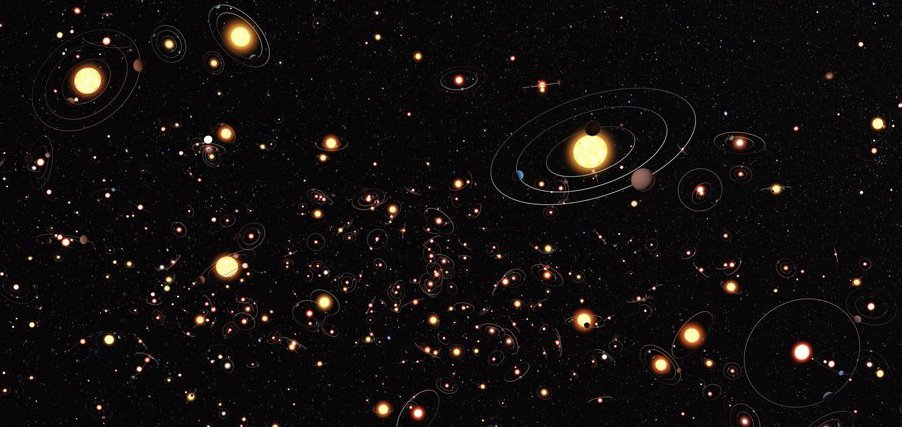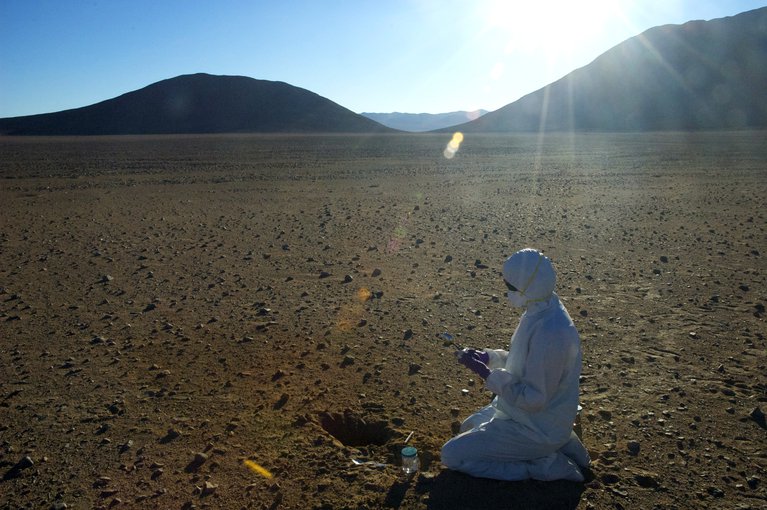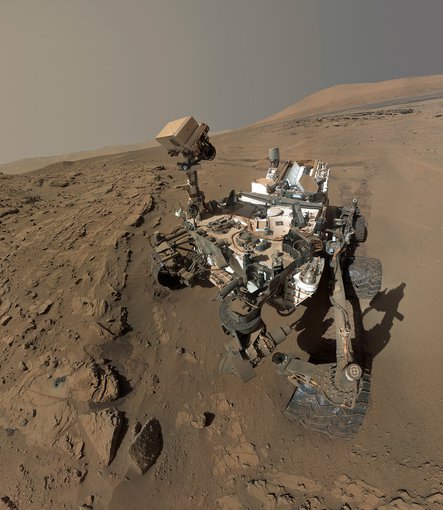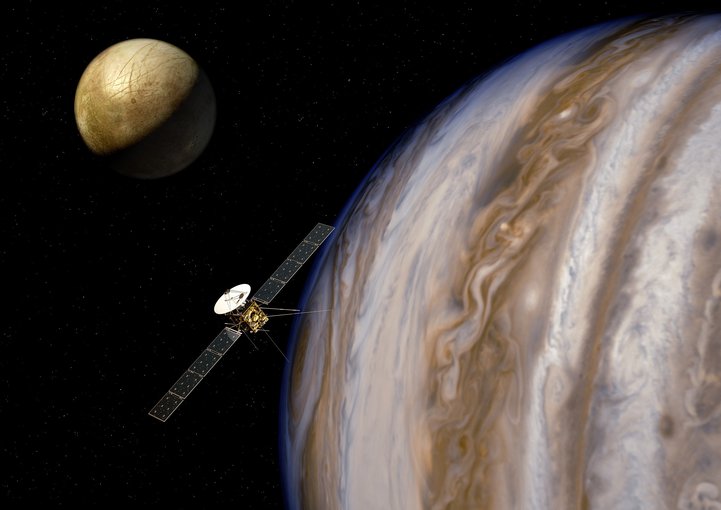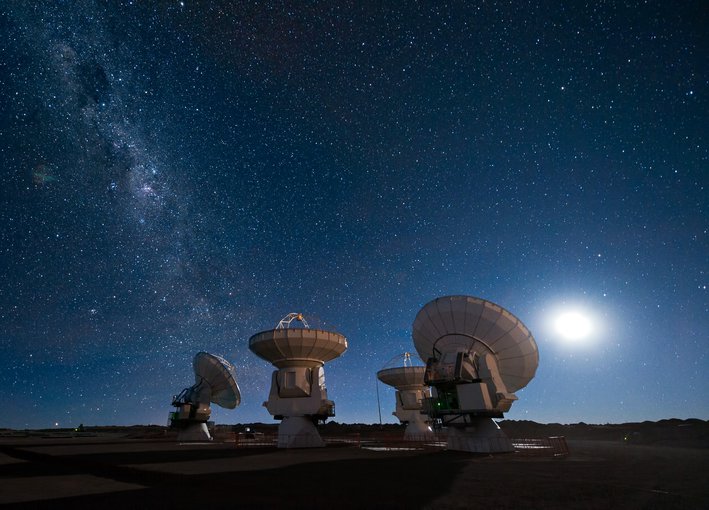The Past As a Guide to the Future
Astrobiology research is taking place because its time has come. Scientists across the country and around the world are diving into origin-of-life and life-beyond-Earth issues and developing exciting and cutting-edge work. But NASA also has an astrobiology “strategy” describing where the agency sees promising lines of research – from the highly specific to the wide and broad — that the agency might support. A sampling of examples:
• What were the steps that led inanimate materials – rocks, sediments, organic compounds, water – to come together and build living organisms, with replicating genes, cell walls, and the ability to reproduce?
• What led to the proliferation of new life forms on Earth?
• How do water and essential organic compounds arrive on planets and moons, and how do they interact with the planets and moons they land on?
• Is it possible to learn from chemicals and minerals on the surface of planets whether microbes might live there, including beneath the planet’s surface?
• Is it possible, likely even, that life exists elsewhere based on elements other than carbon and a system different than DNA? Could such life even exist here on Earth, but is as yet undetected?

